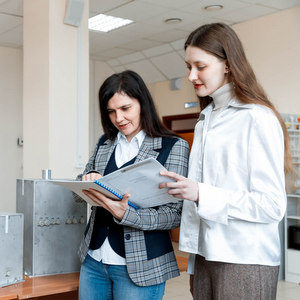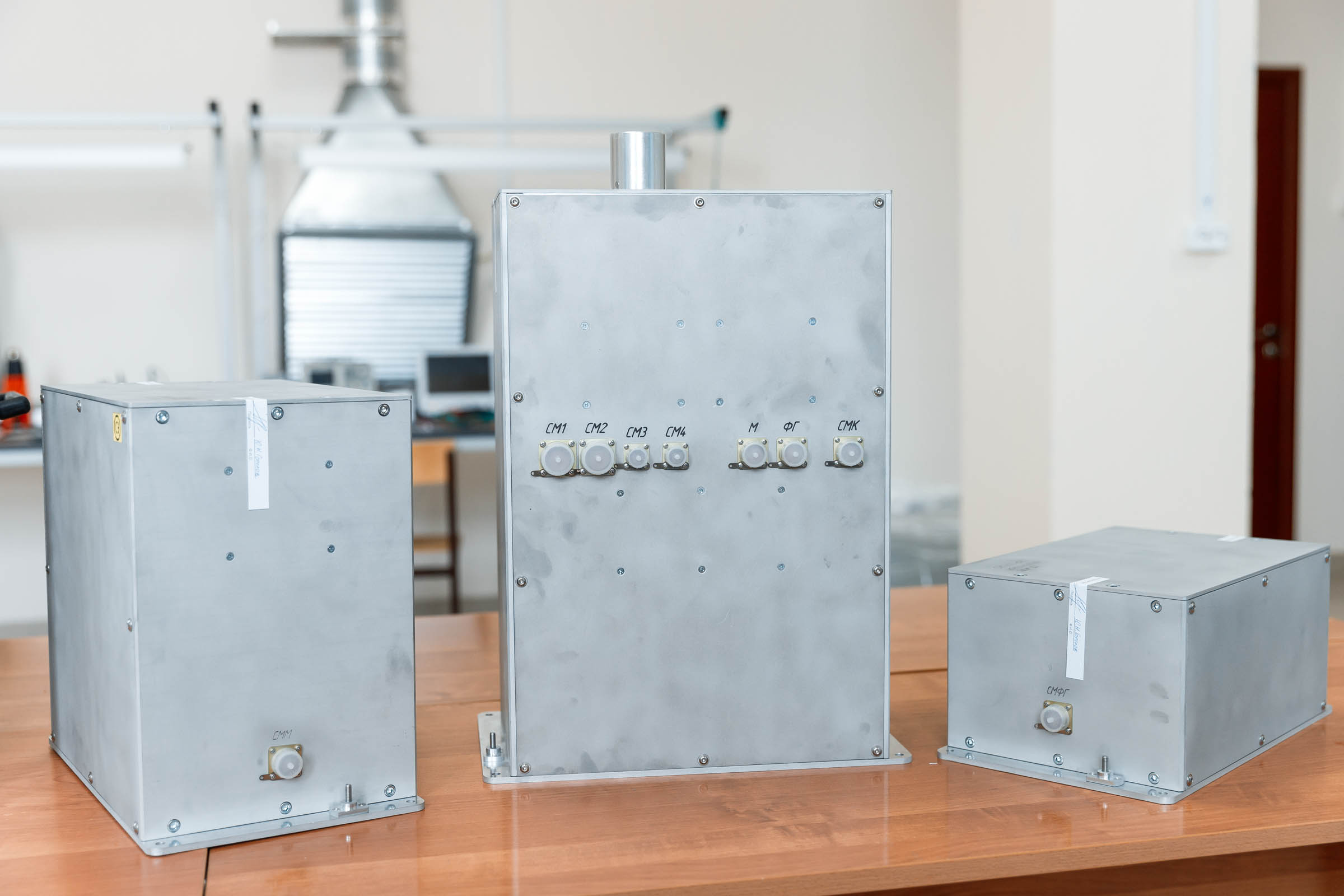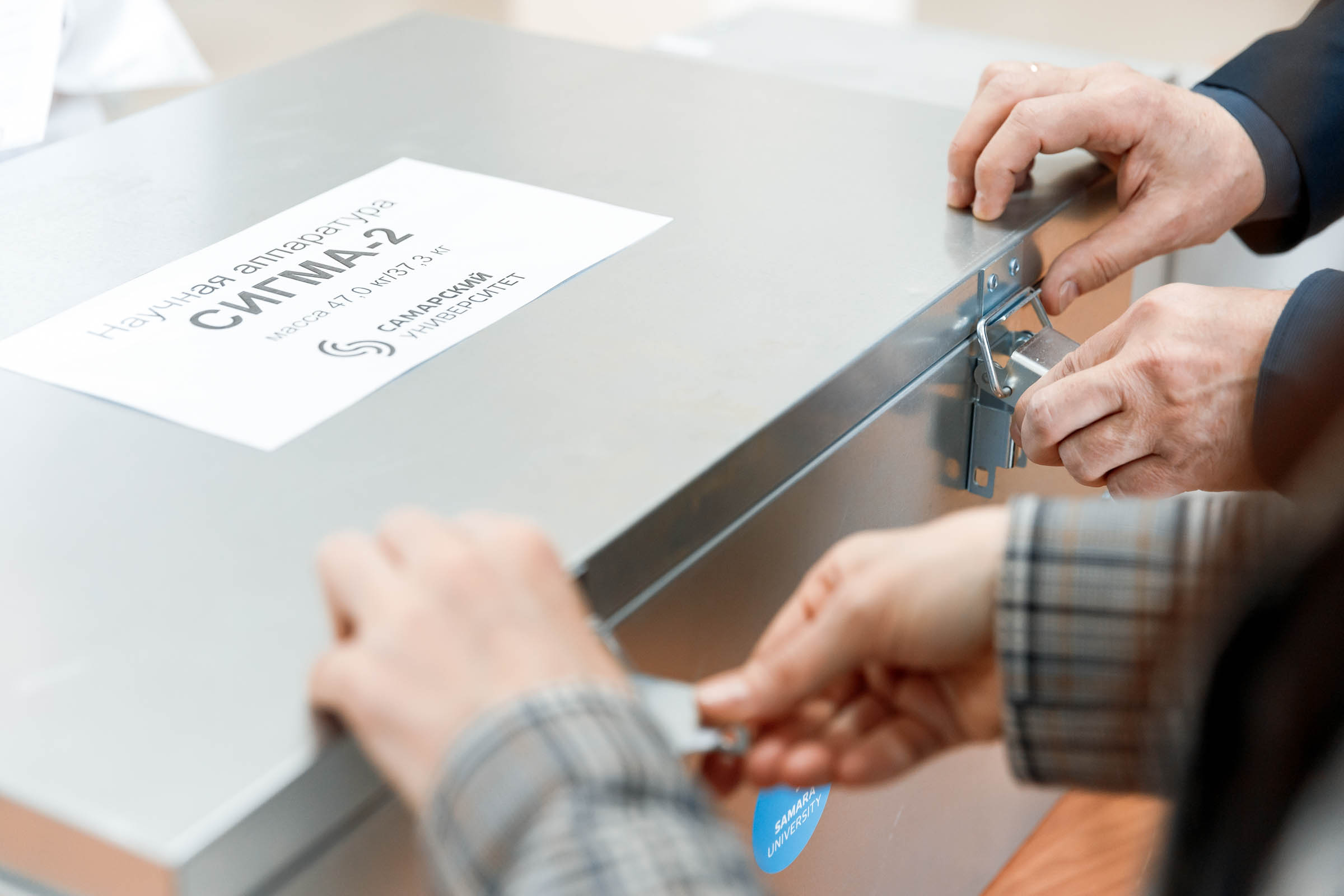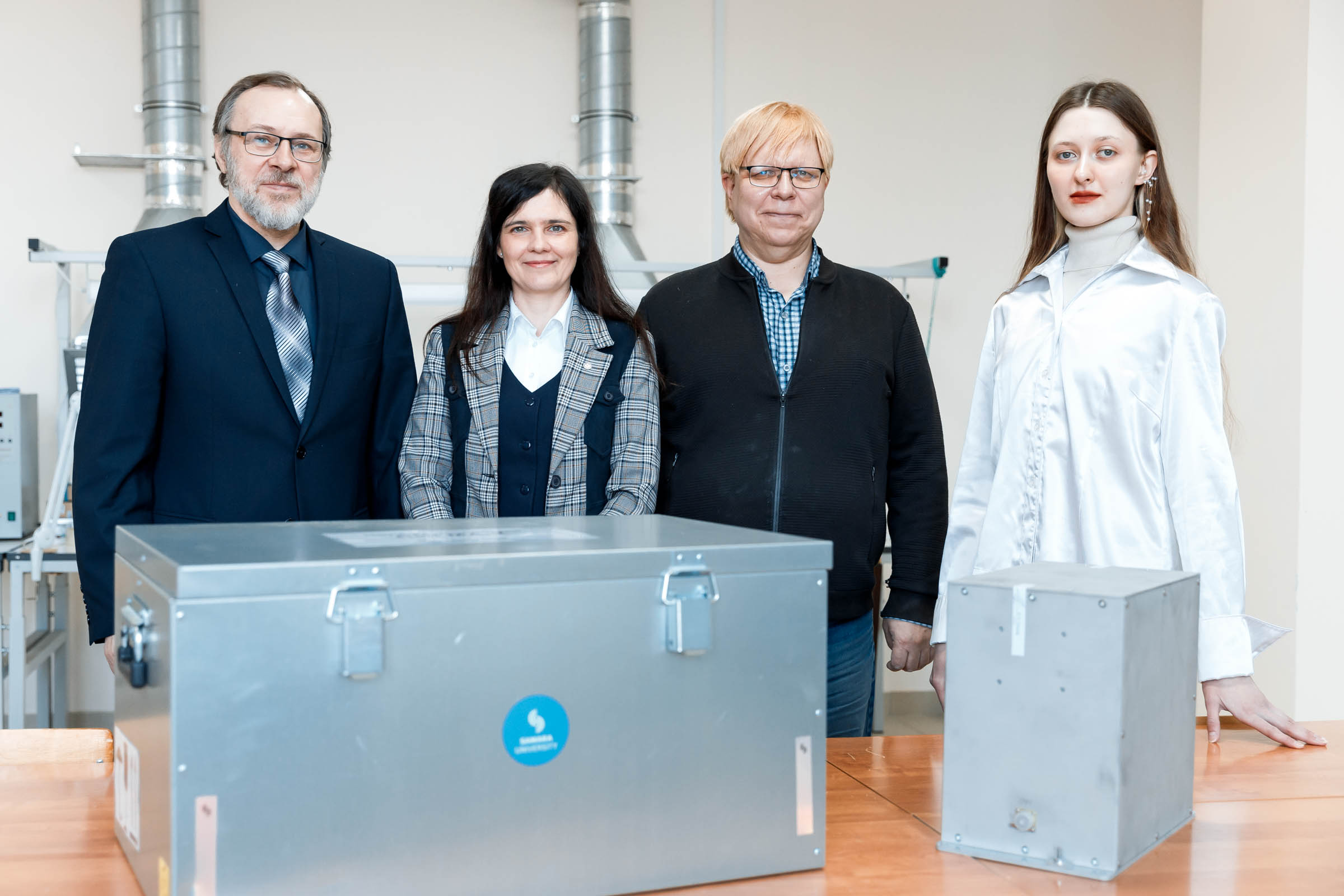“The work on creation of the scientific equipment complex “SIGMA-2” has been fully completed. The flight sample of the equipment passed acceptance tests and was sent to the Progress Rocket and Space Centre for complex tests as part of the spacecraft “Bion-M” No. 2”, said Lyubov Kurganskaya, Leading Researcher at Samara University’s Research Institute of Modeling and Control Problems.
The scientific equipment “SIGMA-2” completes a series of three sets of scientific equipment developed by scientists from Samara University for the orbital laboratory “Bion-M” No. 2. Previously, the University manufactured and successfully tested the space “thermometer” —“MRI-2” equipment, and the space testing ground for extreme electronics —“CARBON-2” equipment.
“The scientific equipment “SIGMA-2” is designed to conduct a complex of biomedical experiments with cell cultures in vitro, as well as for microbiological studies and the research of the influence of space flight factors on seeds and plant cell tissue. There are no analogues of this equipment in Russia and abroad. Functions and tasks of the scientific equipment “SIGMA-2” can be simplistically compared with operation of the multi-zone climate control in a car, when different set temperatures are maintained in various places of the car interior. During the flight of the orbital laboratory “Bion-M” No. 2, temperature control and regulation in the appropriate biocontainers will be carried out in separate blocks of “SIGMA-2” equipment, for the purpose of setting required conditions for various biological objects —cell cultures, microorganisms and plant seeds”, said Lyubov Kurganskaya.
The conditions required for conducting experiments in the scientific equipment “SIGMA-2” will be created by special heaters of a unique shape, with electric spirals developed at the University. 15 sensors will monitor the temperature inside the blocks. The task of the electronic filling of the scientific equipment “SIGMA-2” is regulating the composition of the nutrient medium for cell cultures and implementing the required temperature cyclograms (ranging from 5 to 37 degrees above zero Celsius) both during the flight itself and during the pre- and post-flight period, that is, before launching, before entering orbit and after landing on the Earth.
It is worth noting that the space “climate control” will provide a comfortable temperature for far from all experimental objects on board the orbital laboratory “Bion-M” No. 2. For example, the seeds of rare plants from the Botanical Garden of Samara University, which are also supposed to go into space and will be in open space on the outer surface of the spacecraft, will have to withstand the “contrasting shower” of orbital temperatures and radiation load on their own. By the way, among these seeds will be descendants —“children” and “grandchildren” —of those “cosmonaut” seeds, which already flew into space in 2013 aboard the spacecraft “Bion-M” No. 1.
By the way, the similar “climate control” equipment to be also developed at Samara University was used on the spacecraft “Photon-M” No. 4 launched into space in 2014. However, the scientific equipment “SIGMA-2” is much more accurate and more complex than its predecessor, it has more functions. For example, in the first equipment, there was no option to change the nutrient medium, which did not allow cell cultures to be in normal life support conditions during a long flight. Besides, “SIGMA-2” will be able to provide conditions for conducting more experiments —16, rather than 12, as in its predecessor.
If one compares it with the “MRT-2” and “CARBON-2” equipment, then, according to the developers, the equipment “SIGMA-2” belongs to the most complex and voluminous. Its mass is 37 kg, it consists of four blocks —three blocks will be located inside the lander, and the fourth will be placed in the container of scientific equipment on the outside of the orbital laboratory “Bion-M” No. 2. The scientific equipment “SIGMA-2” is made almost entirely from domestic electronic components, only its memory elements are imported, since we do not produce such items.
By the way, according to Lyubov Kurganskaya, the Greek letter SIGMA, once chosen for the name of this equipment, symbolizes complexity and interconnectedness of the planned experiments.
For mathematicians and physicists, “SIGMA” means an algebraic sign of the sum, and the name “SIGMA” thereby symbolizes the entire general complex of experiments conducted with this scientific equipment”, noted Lyubov Kurganskaya.
For reference:
“Bion” is a series of domestic spacecrafts for biological research. From 1973 to 1996, 11 satellites of the series were launched into outer space; several-dozen types of biological objects —unicellular organisms, plants, insects, fish, amphibians, turtles, rats, monkeys —visited space. In April 2013, the first upgraded biological satellite “Bion-M” was launched. Its “crew” included mice, desert rats, geckos, snails, crustaceans, fish and various microorganisms.
According to open sources, the orbital laboratory “Bion-M” No. 2 is scheduled to be launched in 2024. Mice, fruit flies, fungi, bacteria, cell tissues should go into space for a month (the temperature in containers with mice and flies will be measured by other equipment). The scientific program in the project “Bion-M” No. 2 will be primarily aimed at studying the biological effects of weightlessness and high-intensive cosmic radiation on living organisms at the systemic, organ, cellular and molecular levels. The flight will take place in a high-latitude orbit, with its height of about 400 km. The Russian Orbital Station (ROS) is planned to be located in the same orbit, and the flight of the space laboratory “Bion-M” No. 2, having living organisms on board, will help, among other things, comprehensively assess safety of working at the ROS.
“Photon-M” No. 4 is a domestic research satellite of the “Photon-M” series designed to conduct experiments in biology, physiology, and space technologies under microgravity conditions. It was launched into orbit with fruit flies, geckos, microorganisms and plant seeds on board in July 2014.
Photo: Olesya Orina
 RU
RU  EN
EN  CN
CN  ES
ES 








